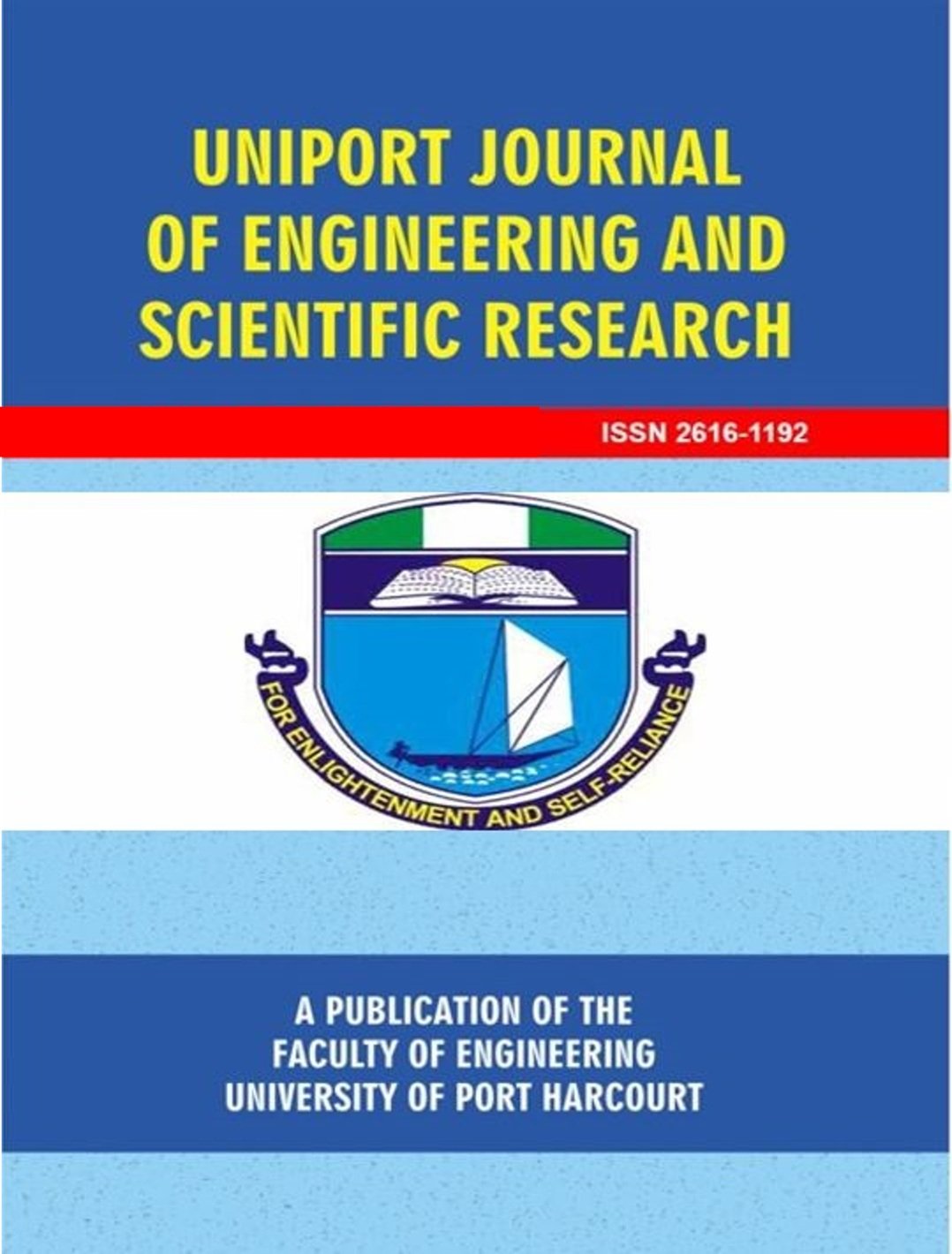Investigating the Impact of tubing size and Flow Regimes on Liquid Loading for Efficient Gas Well Production: Etta, L1 and Joseph, A2*
##plugins.themes.academic_pro.article.main##
Abstract
The lowest gas rate for unloading liquid from a gas well has been a subject for research for many years now, most especially for reservoirs with rapid declining pressure. In producing gas wells with low reservoir pressure, the accumulation of liquids can lead to early well abandonment. Different correlations have been developed to handle the issue of liquid loading through the prediction of the gas well critical rate for unloading. In this work, gas wells were simulated to ascertain the impact of tubing sizes and flow regimes on liquid loading. Using 2.441, 2.992, 3.476 and 3.598 inch tubing sizes, the flow regimes were ascertained while monitoring the liquid content in the wellbore. PIPESIM was used to simulated the well conditions while OLGA was used to develop the flow regime map and velocity profiles of the well through the principle of Nodal Analysis. It was discovered that with 2.441 and 2.992 tubing sizes, the well-produced with annular flow but below the critical flow rate and thus could not guarantees gas flow without liquid accumulation while 3.476 and 3.598 inch tubings produced above the critical flow rate but have slugging, which could exacerbate loading. In order to ensure gas production without liquids at the onset, the interfacial tension was modified to 0.000056N/m. With this modification, the flow regime for 3.476 changed to annular, bubble and slug flows with annular flow as the predominant flow regime. Thus, 3.476 in tubing was selected as the optimum tubing size based on its ability to guarantee high flow rate, lower erosional velocity and lower cost.
Keywords: Flow regimes, Liquid loading, Tubing sizes, Critical velocity, Nodal analysis

